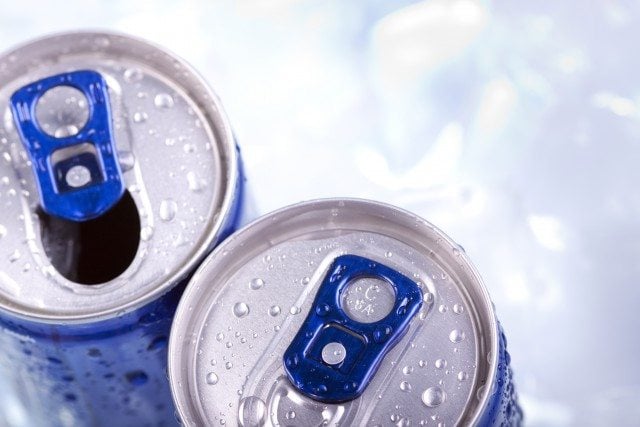The Alliance for a Healthier Generation, founded by the American Heart Association and Clinton Foundation, has worked with representatives from American Beverage Association, The Coca-Cola Company, Dr Pepper Snapple Group and PepsiCo to announce an agreement to decrease beverage calories in the American diet.
“I am excited about the potential of this voluntary commitment by the beverage industry. It can be a critical step in our ongoing fight against obesity,” said president Bill Clinton, founder of the Bill, Hillary & Chelsea Clinton Foundation.
“Our work with beverage companies to reduce the number of calories shipped to schools by 90% demonstrates the power of creative cooperation. We look forward to continuing to work together to achieve the goals outlined in this commitment.”
America’s leading beverage companies have set a goal to reduce beverage calories consumed per person nationally by 20% by 2025.
Approach to realise goal
To help achieve this goal, the beverage companies will take a two-pronged approach.
Under the national initiative, the beverage companies will leverage their marketing, innovation and distribution strength to increase and sustain consumer interest in and access to beverage options to help consumers reduce calories consumed.
Such beverage options include smaller portion sizes, water, and other no- or lower-calorie beverages.
Through these efforts, water and other lower-calorie beverages are expected to grow significantly.
The companies will engage in consumer education and outreach efforts to increase consumer awareness of and interest in the wide array of no- and lower-calorie beverages and smaller portion sizes available.
Each beverage company will provide calorie counts, and promote calorie awareness on all beverage company-controlled point-of-sale equipment nationwide, including more than three million vending machines, self-serve fountain dispensers, and retail coolers in convenience stores, restaurants and other locations.
Under the community initiative, each beverage company commits to focus efforts in communities where there has been less interest in and/or access to options that help consumers reduce their calories with a goal of achieving 20% per person reduction of calories consumed from beverages in those communities within 10 years.
Beverage companies will promote consumption of their bottled water products.
Each beverage company may undertake additional activities including: introducing and expanding new lower-calorie products and smaller-portion packages; product placement such as end aisle and checkout displays featuring only reduced-calorie beverages; merchandising efforts such as repositioning reduced-calorie beverages on shelves; providing coupons and other incentives promoting no/lower-calorie options; and taste tests/sampling programs in and out of store.
The beverage companies will retain an independent, third-party evaluator, in conjunction with the Alliance for a Healthier Generation, to track progress and interim benchmarks toward their commitments.
The beverage industry and the Alliance will work jointly to define the reporting schedule for all aspects of this agreement.
Working with industry has been a critical strategy for the Alliance for a Healthier Generation, a national nonprofit working to reduce the prevalence of childhood obesity.
The Alliance works with more than 120 companies to improve their individual and industry-wide business practices to more positively impact the nation’s youth.
Reducing portion sizes
In May 2006, the Alliance for a Healthier Generation worked with representatives of The Coca-Cola Company, Dr Pepper Snapple Group, PepsiCo and the American Beverage Association to establish the Alliance School Beverage Guidelines that limit portion sizes and reduce the number of beverage calories available to students during the school day.
As a result of the guidelines, the industry committed to changing the beverage mix in schools across America by removing full-calorie soft drinks and providing for lower-calorie, nutritious beverage options in age-appropriate portions.
An independent analysis of the Alliance School Beverage Guidelines published in the American Journal of Public Health in 2012 showed there had been 90% reduction in calories from beverages shipped to schools between the 2004-2010 school years.
“Calories from beverages such as regular sodas and fruit drinks make up 6% of Americans’ daily caloric intake,” said Dr. Howell Wechsler, CEO of the Alliance for a Healthier Generation. “Reducing the number of calories consumed from beverages in the United States is imperative to helping curb obesity.”
“We commend the beverage industry for making this strong commitment to reducing the number of beverage calories consumed per person by 20%.”










